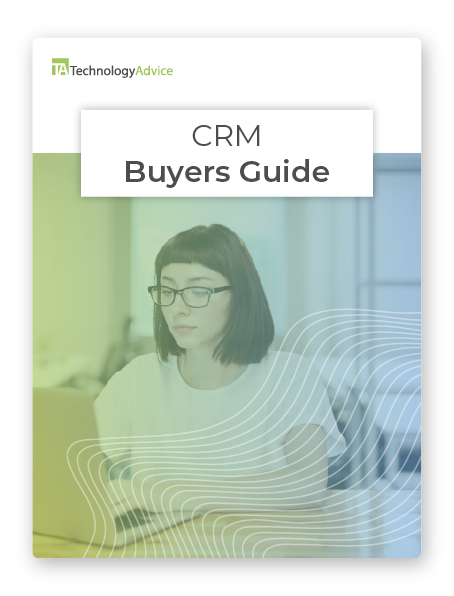If CRM solutions are supposed to provide such an exponential return on investment, why do so many CRM projects fail to meet expectations? In my experience working with Sales organizations around the world, those that fail to maximize their CRM returns fall into a couple of major categories:
The first is organizations that bought a CRM solution that wasn’t a good fit for their needs. This could be due to a poor purchasing decision, but the more likely case is that the CRM has not scaled to meet the needs of the business as it grew.
ALSO READ: Sales Dashboard Examples from 4 Top Platforms
The second category includes companies that buy the right tool, but deploy a scaled-down version to save money. Are you still using the same tool as a $100M, global business that you did when you were a $5M, regional player? Go back and look at the business requirements and justification you used to make the purchase originally. If those requirements are no longer true or no longer priorities in your business, it stands to reason that your CRM is no longer the right tool for the job.
So, how do you know if it’s time to upgrade your CRM (or buy one, if you don’t have a solution in place already)?
Here are six red flags that I look for when making recommendations to clients:
- Current solution does not allow for seamless communication with other internal systems.
- There is a business need for more sophisticated reporting than current solution can provide.
- No “single view of the truth” for your business
- Inability to run targeted (and integrated) sales and marketing campaigns
- Customer data and history is difficult to view/manage/update and does not flow through all systems.
- A high level of redundancy in processes
Another major reason companies don’t maximize the return on their CRM investment is that they don’t involve the sales team in the process of selecting/implementing the solution. That sounds crazy, but I can tell you first hand that, in many cases, the first time sales reps sees a new CRM is when they attend a training session on how to use it two weeks before roll-out.
IT is excited because of the way it integrates with their other back-end systems and the slick UI. Marketers love the fact that they can pull all sorts of data on open rates, click-throughs, and lead conversion.
But no one included sales in the conversation to see if the new CRM would actually make them more productive. At a minimum, did you get buy-in from anyone in sales to support the rollout of this new tool? We can be pretty stubborn in sales and don’t like to be told how to do our job. On the other hand, if we have a voice in the decision-making process and feel heard, we love shiny new software as much as the next person.
The bottom line is that having the right CRM in place can create a ton of value for your business, but that is easier said than done. You need to make sure you include all of the stakeholders in the selection process and get their buy-in. Once you’ve made your decision and installed the system, don’t “set it and forget it.” CRM is a constantly evolving tool that needs to be monitored and updated to ensure that the needs of the business are still being met.
To browse solutions and get a custom recommendation for your business, visit the TechnologyAdvice product selection tool.
John Healy is an inside sales advisor and consultant at Factor 8, a sales advisory firm that provides benchmarking, training, coaching, and consulting services for inside sales teams.
Top CRM Software Recommendations


